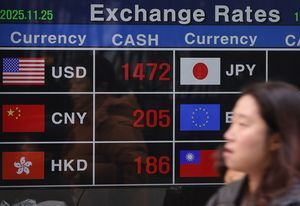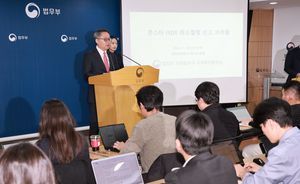Development of Analytical Technology
Released to the World for Free

KAIST announced on the 21st that a research team led by Professors Cha Mi-young (Department of Computer Science) and Kim Ji-hee (Department of Technology Management) developed a new AI technique to analyze economic conditions using weekly satellite images through international joint research with the Institute for Basic Science, Sogang University, Hong Kong University of Science and Technology, and the National University of Singapore.
Universal AI Solution for Data-Scarce Regions
The team focused on developing a universal model to monitor even the poorest countries where basic statistical data is lacking, rather than the typical environment that learns based on existing statistical data.
According to the United Nations’ Sustainable Development Goals (SDGs), it is not easy to accurately grasp the status of poverty, with an absolute poverty population of 700 million living on less than $2 a day. 53 countries worldwide have not conducted agricultural-related surveys in the past 15 years, and 17 countries have not even conducted population censuses.
The research team utilized Sentinel-2 satellite images, which the European Space Agency (ESA) operated and made freely available. The team first divided the satellite images into small areas of approximately 2.3 square miles. Then, it quantified the economic indicators of each region based on visual information such as buildings, roads, and green spaces through AI techniques.
Human-Machine Collaborative Algorithm Enhances Accuracy
The differentiation of this research model from previous studies lies in the “human-machine collaborative algorithm” that reflects the information humans provide in AI predictions, making it applicable even in areas where basic data is lacking. In other words, when humans compare the amount of economic activity by looking at satellite images, the machine assigns financial scores to each image data based on the information provided by humans. The validation results showed that the performance was significantly superior when collaborating with humans compared to using machine learning alone.
The research team confirmed that the economic indicators proposed by their study showed a high correlation with existing socio-economic indicators like population density, employment numbers, and the number of businesses. They also determined that these indicators could apply to underdeveloped countries with insufficient data. The research team expanded the scope of economic analysis to areas where existing statistical data is scarce through this research and used the same technology in North Korea and five Asian countries (Nepal, Laos, Myanmar, Bangladesh, and Cambodia), revealing detailed economic indicator scores.
Insights into Economic Development in North Korea
Researchers found that between 2016 and 2019, when sanctions against North Korea intensified, economic development became more concentrated in Pyongyang and large cities, exacerbating the urban-rural gap. Satellite images and changes in research economic indicator scores also revealed significant new building constructions in the tourism economic development zones, established to overcome economic sanctions and the lack of dollar foreign exchange. Lastly, they confirmed minimal changes in traditional industrial and export economic development zone types.
Future Prospects and Policy Utilization
Professor Cha Mi-young of the KAIST Department of Computer Science said, “This research, which combines computer science, economics, and geography, is of great significance in dealing with the global poverty issue,” and “We plan to apply the AI algorithm developed this time to various international social issues such as carbon dioxide emissions, disaster damage detection, and the impact of climate change.”
The development of SDG indicators using satellite images and AI and their policy utilization is one of the technology areas receiving international attention. It is a research field that Korea can lead and guide in the future. The research team intends to release the developed model code freely and continue improving the technology. Their goal is to ensure the measured indicators are helpful in the policy design and evaluation of various countries and applicable to newly updated artificial satellite images every year.
By. Jang Ha Eun










Most Commented